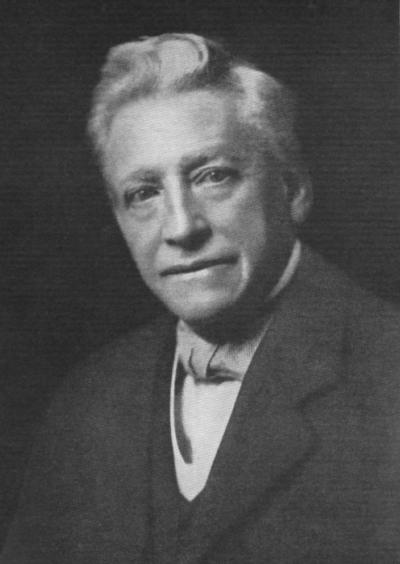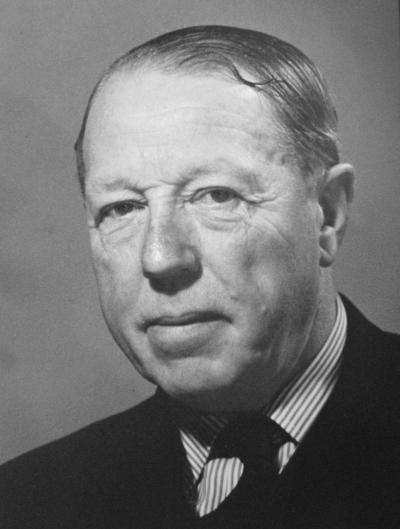William Hesketh Lever
1st Viscount Leverhulme (1851-1925)
William Hesketh Lever, later to become the first Viscount Leverhulme was born in Bolton in 1851. The son of a grocer and one of ten children, he joined his father’s business as an apprentice at the age of fifteen. Made a partner at the age of 21, he was a significant influence in expanding and developing the business over the next ten years.
Lever Brothers & Port Sunlight
In 1885, together with his brother James Darcy Lever, William established the business of Lever Brothers and began manufacturing Sunlight Soap in Warrington. Needing more space to meet increasing demand, in 1888 the brothers began construction of a new factory at ‘Port Sunlight’. To be near to his new factory, William rented Thornton Manor and came to live there with his wife Elizabeth and their newborn son.
Over the next 30 years William Lever took a progressive approach to his growing business, building a model village at Port Sunlight for the benefit of the workforce. Using many different architects he built 900 houses, together with an assortment of public buildings including Christ Church, two schools, a hospital, the Lady Lever Art Gallery, Hulme Hall, Gladstone Hall, a gymnasium, a heated outdoor swimming pool, various clubs, and several bowling greens, some of which are still being used today.
Creating the Wirral Estate
Having moved to Thornton Manor, Lever began buying much of the surrounding farmland, establishing what is today the Leverhulme Estate. In the villages of Thornton Hough, Brimstage, Raby and Storeton he built estate cottages for his growing agricultural and domestic workforce, using many of the same architects he used at Port Sunlight. Here too he established various public amenities including St George’s Church, a school, the village club, the post office, a new smithy and, in each of the villages, a village green. Only Thornton Hough’s village green survives intact today.
In 1893, Lever bought Thornton Manor and immediately set about altering it over the next 20 years to create the house that stands today. Although he had several other homes – at Rivington near Bolton, at Hampstead in London, and later in the Outer Hebrides – William Lever always considered Thornton Hough his home. Most of his family eventually came to live in the village and many are buried in the graveyard at All Saints Church.
Becoming Viscount Leverhulme
Lever was made a Baronet in 1911, becoming Sir William, and Elizabeth became Lady Lever. She died very suddenly in 1913, so when he was made a Baron in 1917 and then a Viscount in 1922, he combined his own name with his late wife’s maiden name to create the title ‘Leverhulme’.
Lever was always planning for the future, and after Elizabeth’s death he continued developing the farmland and buildings on the Estate, including new cottages in Brimstage and Raby.
One of the other most significant visible legacies is the system of driveways originally installed as infrastructure for new homes between Storeton and Thornton Hough that were never built. The only section of roadway finally adopted, surfaced and in regular use today is the Lever Causeway from Higher Bebington to Storeton.
William Lever died in 1925. Stewardship of the Estate then passed to his son William, the 2nd Viscount Leverhulme.


